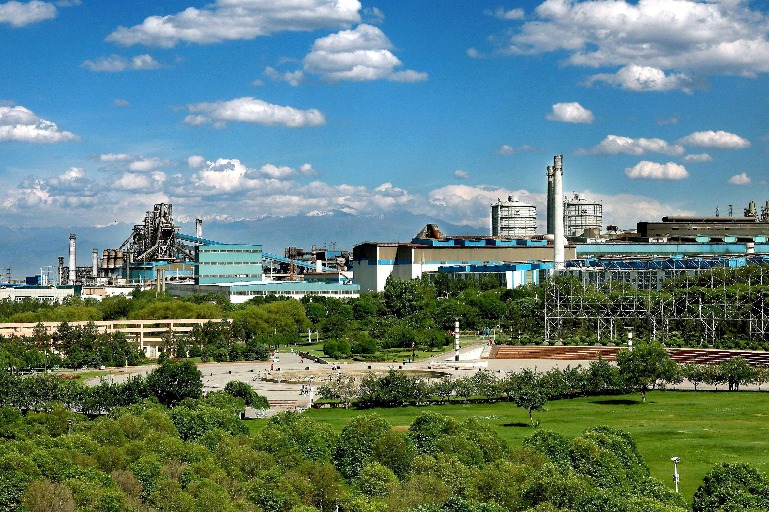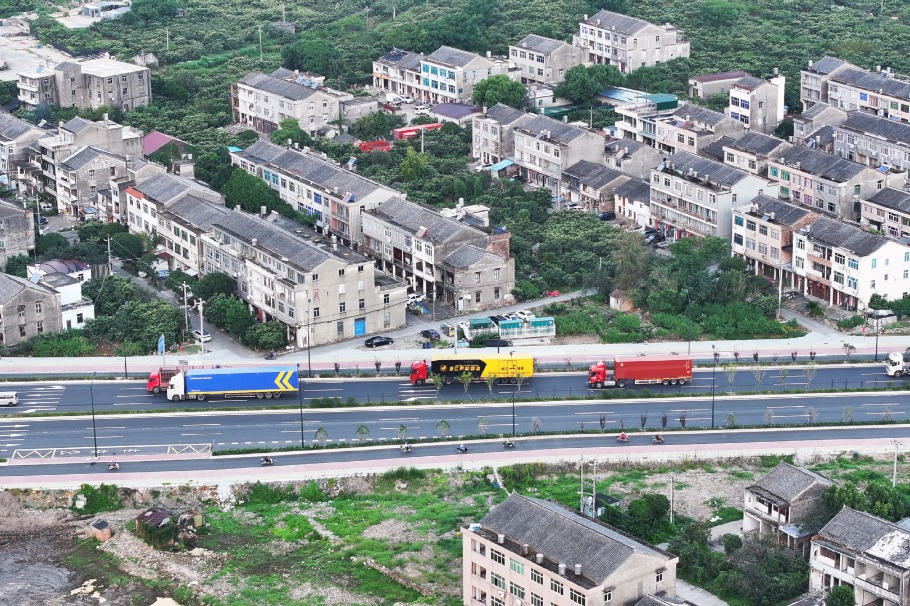Eco-reform aids green initiative





Ecological barrier
To meet the demand for timber as the newly founded People's Republic of China embarked on an industrialization drive, the CPC looked to the lush Greater Hinggan Mountains for answers in the 1950s.
Armies of urban youth, soldiers, workers and officials were deployed to the region in the following decades to bolster the production of timber-crucial to the construction of railways and other infrastructure in the then largely rural country. Many settled down, forming new cities.
The massive project fueled China's rapid industrialization by providing more than 200 million cubic meters of timber and tens of billions of yuan in tax revenue by 2015, Xinhua News Agency reported, citing local authorities.
However, decades of unchecked human activity damaged vast swaths of formerly virgin forests and wetlands in the area, which serve as an ecological barrier against cold air sweeping down from Siberia and dry winds blowing from the Mongolian plateau. The region is also home to the headwaters of several important rivers, including the Heilong River, the country's third-longest, on the border with Russia.
The damage reached a crescendo in 1987, when a fire believed to have been caused by a careless worker destroyed more than 10,000 square kilometers of forest among the rolling mountains and killed hundreds of people. Direct economic losses were calculated at 500 million yuan.
The fire, and deadly floods that wreaked havoc in the Yangtze River and Songhua River basins in 1998, shone a spotlight on the ecological cost of China's decadeslong forest development plans and prompted the authorities to take action.
In 1998, China launched the Natural Forest Preservation Project in a dozen regions including Heilongjiang and neighboring Jilin province. It was later expanded nationwide, leading to a considerable reduction in logging in natural forest zones.
The following year, the central authorities introduced another multibillion-yuan program to return cropland to forest and grassland. Costing 500 billion yuan up to last year-two-and-a-half times as much as the Three Gorges Dam, the world's largest hydroelectric project-the ongoing program is the world's most expensive ecological project, the then head of the National Forestry and Grassland Administration, Zhang Jianlong, said last year at a news conference marking its 20th anniversary.
The push for greener development was reinforced in 2012, when the Party added environmental preservation to its blueprint for the overall construction of a socialist society. It had previously listed four sectors: the economy, politics, culture and civil society.
The programs will reap benefits in the decades to come, cementing the nation's ambition to raise forest coverage to 26 percent by 2035, and catch up with the global average of 31 percent by the middle of the century.
The total area of China's forests increased by almost 130,000 sq km between 2014 and 2018, according to the ninth survey of national forest resources published last year. That has boosted China's forest coverage rate to 22.96 percent, 1.33 percentage points higher than in 2014.
According to the Global Forest Resources Assessment 2020 issued by the UN Food and Agriculture Organization, China had the world's best average annual net gain in forest area in the past decade at 19,370 sq km.
In 2017, an afforestation project in Saihanba, Hebei province, won the UN Environment Program's Champions of the Earth award. The area used to be a lush imperial hunting ground, but turned into a sprawling desert due to decades of excessive logging, fueling sandstorms across North China. The restoration project, which started in the 1960s, eventually turned the desert into a national forest park.




















